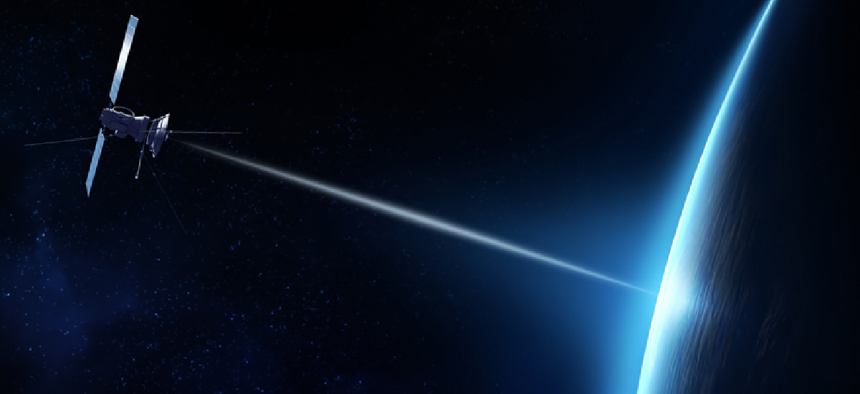Uncrackable encryption could be on the horizon

Recent experiments have shown it’s possible to transmit photons over long distances, major strides toward the goal of quantum cryptography.
Eventually, even the strongest current encryption techniques will be crackable. For now, today’s state-of-the-art encryption relies on the fact that breaking it requires so many computer resources and so much processing time that cracking isn’t feasible. But it’s only a matter of time.
What some computer scientists are counting on to keep encrypted data safely out of the reach of hackers -- whether criminals or nation states -- is quantum cryptography. The beauty of quantum cryptography is that the flow of encrypted data -- which is transmitted in the form of pulses of photons -- can’t be tapped without changing it. A hacker, in other words, might be able to intercept a signal but won’t be able to decrypt it.
While there’s plenty of research and engineering still to be done before practical quantum cryptographic systems can send data over long distances, two big steps toward that goal have been taken in recent months.
In September 2017, researchers from Canada's University of Waterloo beamed photons from the ground to an airplane approximately two miles away. The research team encoded data by specifying the orientation of transmitted photons, which could be polarized to align in any of four positions.
Some commercial quantum cryptography products have been available for over a decade but they are very limited in range. "You can guarantee security between the White House and the Pentagon, or from the corner of one military base to another," Caleb Christensen, chief scientist at MagiQ Technologies, a company that makes commercial quantum cryptography systems, recently told Wired. "In the telecom business, that's way too short."
After the airplane test, physicist Thomas Jennewein, the leader of the research team, said the next step is to beam a key to a satellite 300 miles above the Earth. “The airplane experiment is, in some respects, harder than an actual satellite,” Wired reported. “A satellite has much smoother and more predictable motion than an aircraft.”
And in January a research team at the University of Southern California announced that it had created a more powerful and energy-efficient method of generating those streams of photons by using “frequency combs” to split a single laser wave into hundreds of beams. The current state-of-the-art equipment is roughly the size of a refrigerator. The USC researchers found a way to shrink the size of their frequency combs down to the size of a human hair and, at the same time, use 1,000 times less power.
The key insight, according to the researchers, was using carbon-based molecules instead of silicon to build the frequency comb. The team applied a single layer of a 25-atom organic molecule to the surface of a laser to create the frequency comb.
"Organic optical materials have already transformed the electronics industry, leading to lighter, lower power TVs and cellphone displays, but previous attempts to directly interface these materials with lasers stumbled," Andrea M. Armani, a member of the team, said in a statement. “We solved the interface challenge. Because our approach can be applied to a wide range of organic materials and laser types, the future possibilities are very exciting."
NEXT STORY: Login.gov hits 5 million users





